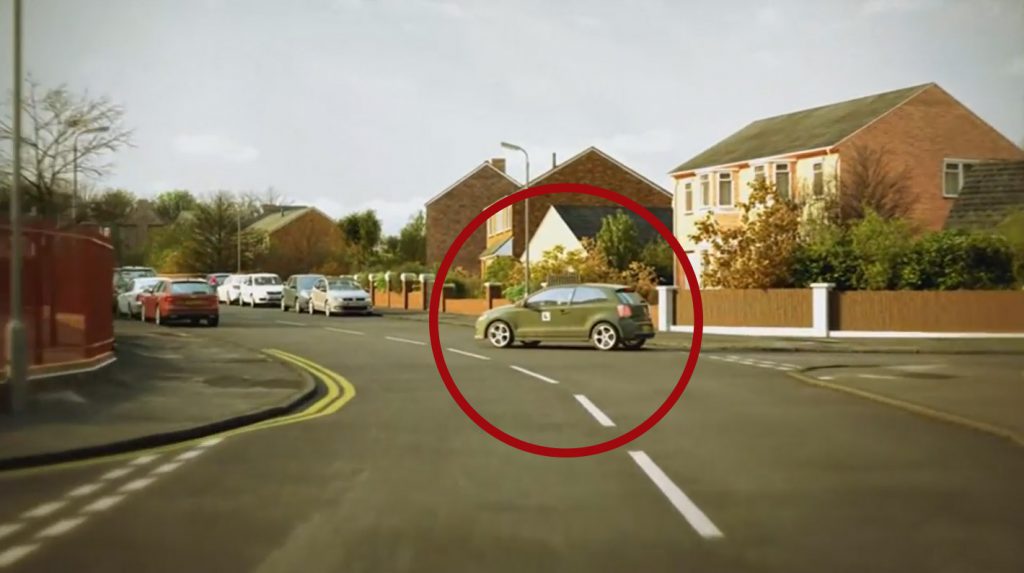

Remember, it’s a hazard perception test, not a 'spot other road users' test – being able to clearly identify when you need to take action, and when the road is safe to proceed is a skill which all responsible drivers need. So don’t just click when you see a perfectly safe road, with other road users who could potentially become a hazard click when you see those potential hazards developing and you, as a driver, need to take action. If you’re clicking at everything you see as a 'potential' hazard, or simply repeating your clicks in the hope you'll catch a hazard you may have missed you can get disqualified from that clip. It is good practice to click when you would take action, and again a second or two later, to ensure your click is within the scoring window, this will hopefully ensure you get some marks, even if your immediate click is slightly premature.Īs mentioned above a click represents you taking action against a hazard. So, take your hazard perception test practice and get prepared to pass the official test in your first sitting. Get Your P1 Licence With the HPT out the way, youre much closer to getting your P1 Licence.
#A hazard perception test free#
In such scenarios you need to keep your eye on the pedestrian to ensure you’re ready to react in case they do turn into a developing hazard. Practice the hazard perception test online free and see the scenarios just like how they would appear in the official government HPT test. The pedestrian walking their dog may continue along the pavement with no intention of ever crossing the road meaning you have hit the breaks or slowed down (as represented by your click) for no real reason. For example, a car pulling out in front of you, as quickly as possible. NEED TO CLICK: The pedestrian is making clear movements to cross the road or obstruct your path.Ĭlicking as soon as you spot a potential hazard, means you can also be clicking on a hazard which never starts to develop. You will have to identify the moving hazard by clicking a mouse.TOO EARLY: A pedestrian is walking their dog on the pavement.

You may simply be clicking before the hazard is actually a hazard. So how is it possible to click ‘too early’? To get a high score, click the mouse as soon as you see the hazard starting to develop. When you click during the hazard perception test you are registering the need to take action in order to avoid this hazard developing into an accident, such as beginning to slow down for a pedestrian who is about to cross the road. You can score up to 5 points for each developing hazard. It is really important to remember that a hazard, in the hazard perception test, is something which will cause you to take action in the form of changing your speed or direction. Are you practising for your Hazard Perception test but keep getting told you're clicking the hazard too soon?


 0 kommentar(er)
0 kommentar(er)
